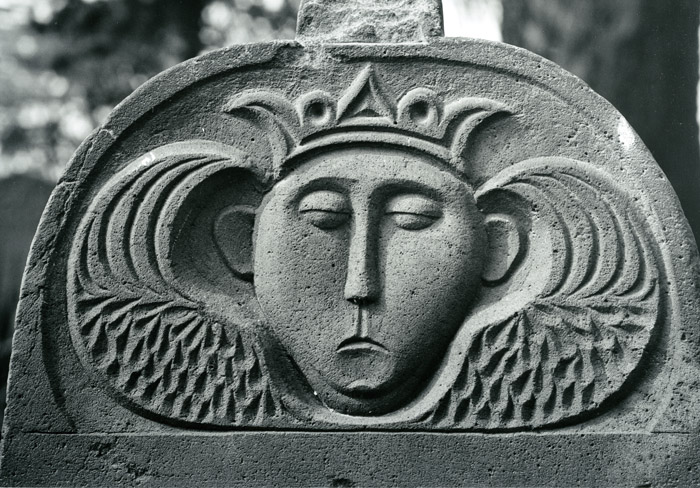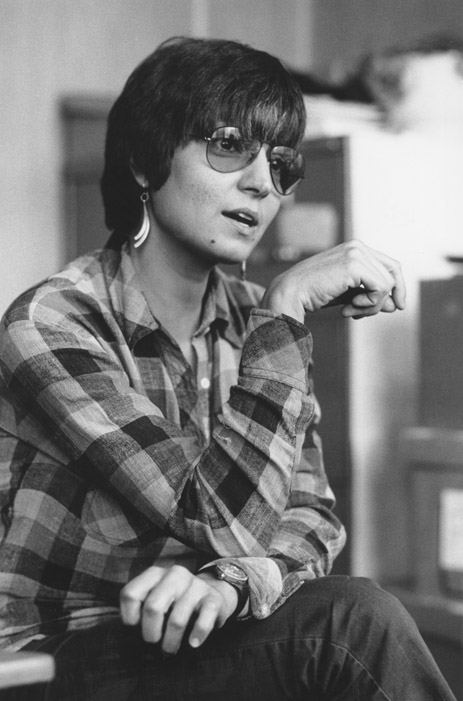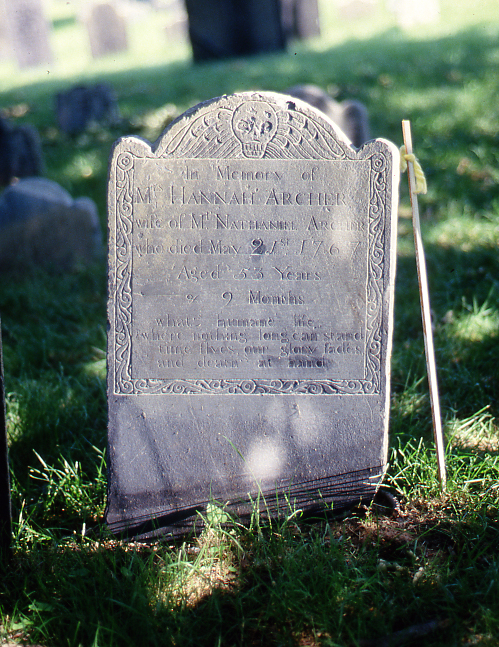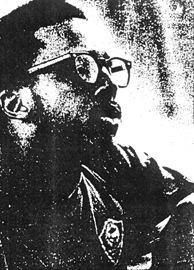Edward Judice Photograph Collection
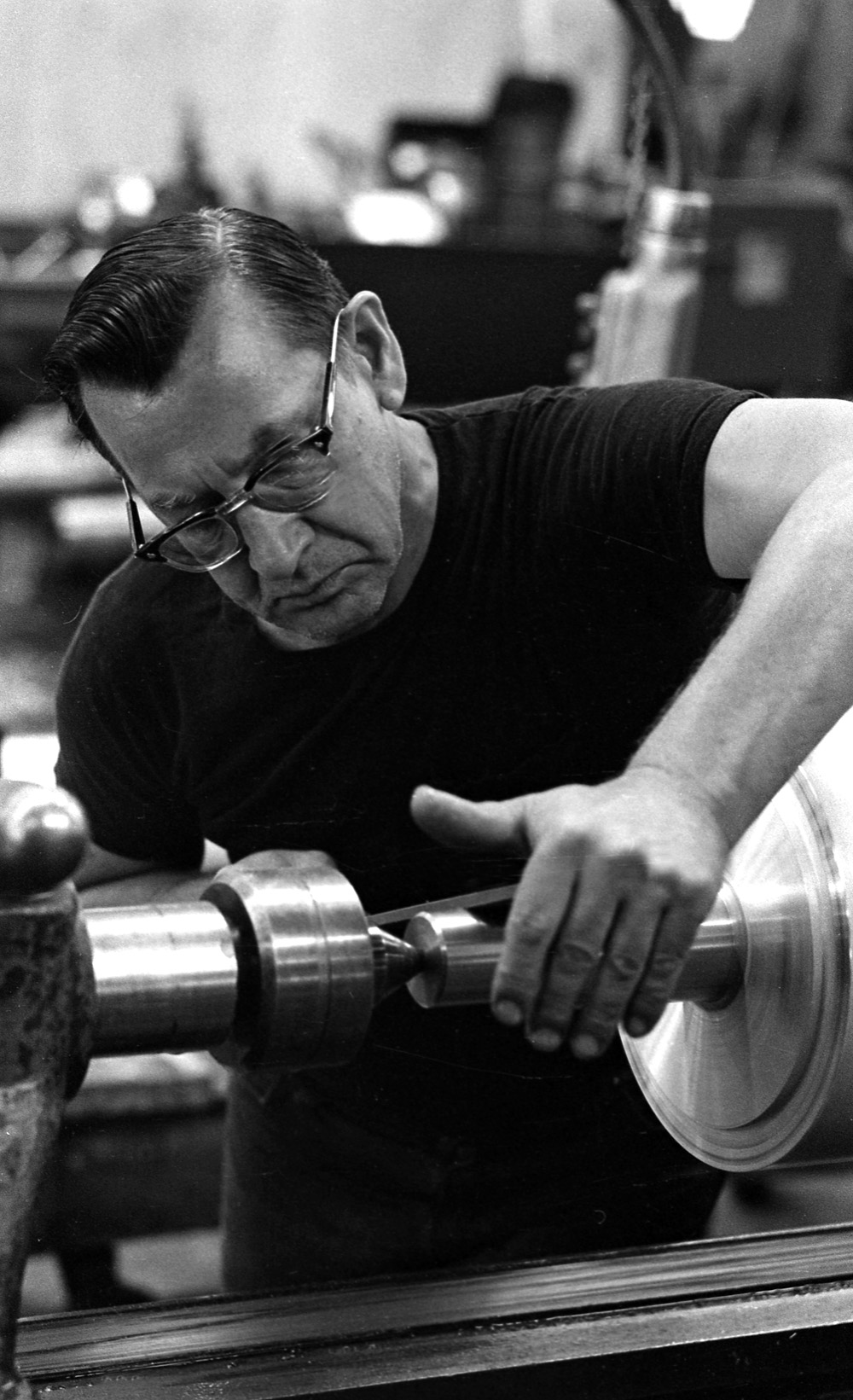
Raised on Long Island, Ed Judice embarked on a path in photography at the age of 13 when he took a job sweeping floors in a local photo studio. After picking up work photographing locally and a stint in the army, he moved to New York city, Judice began doing commercial work for ad agencies and magazines and eventually with Polaroid. Through Polaroid, he began developing contacts in western Massachusetts, eventually moving to Wendell in the early 1970s. He maintains an active studio in Northampton.
The Judice collection consists of a series of 59 digital images relating to a photo documentation project at the Rodney Hunt factory in Orange, Mass., in 1973 and 1974; a series of photographs documenting the bicentennial of Wendell in 1981; and two video documentaries of the Three County Fair, Northampton, Mass., 2007, and “Benny and Joe: A friendship,” 2010.

